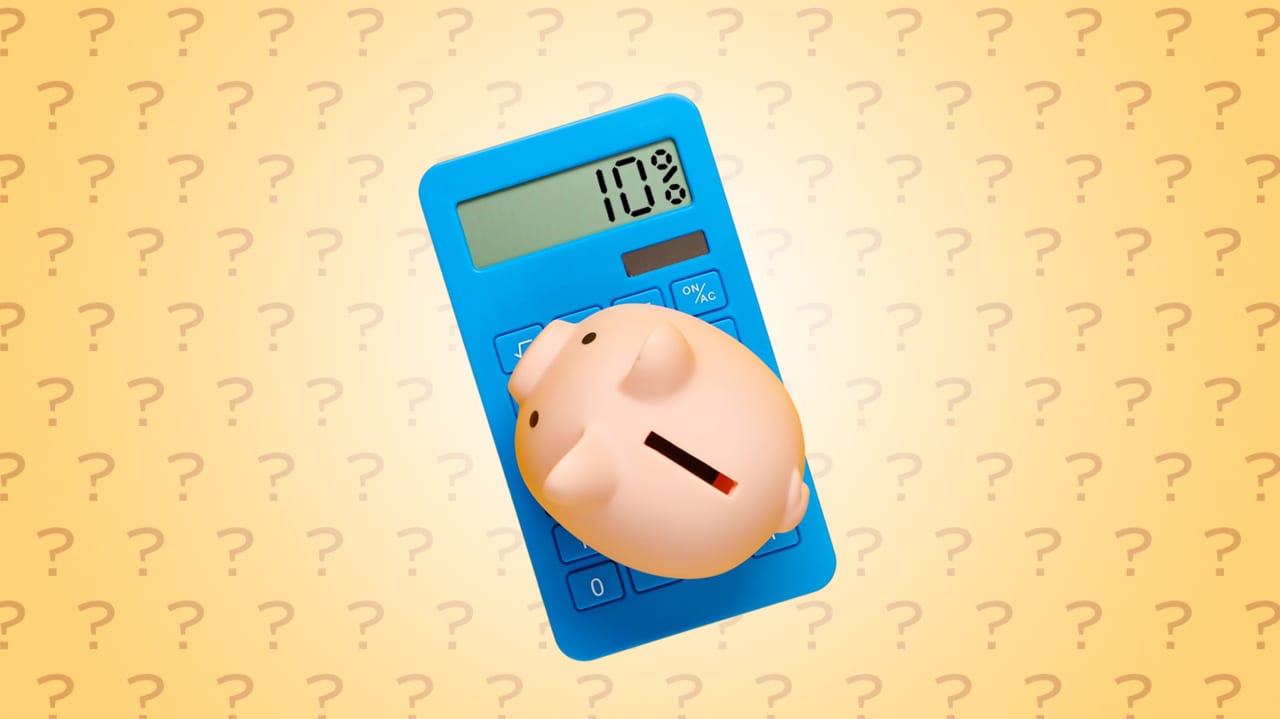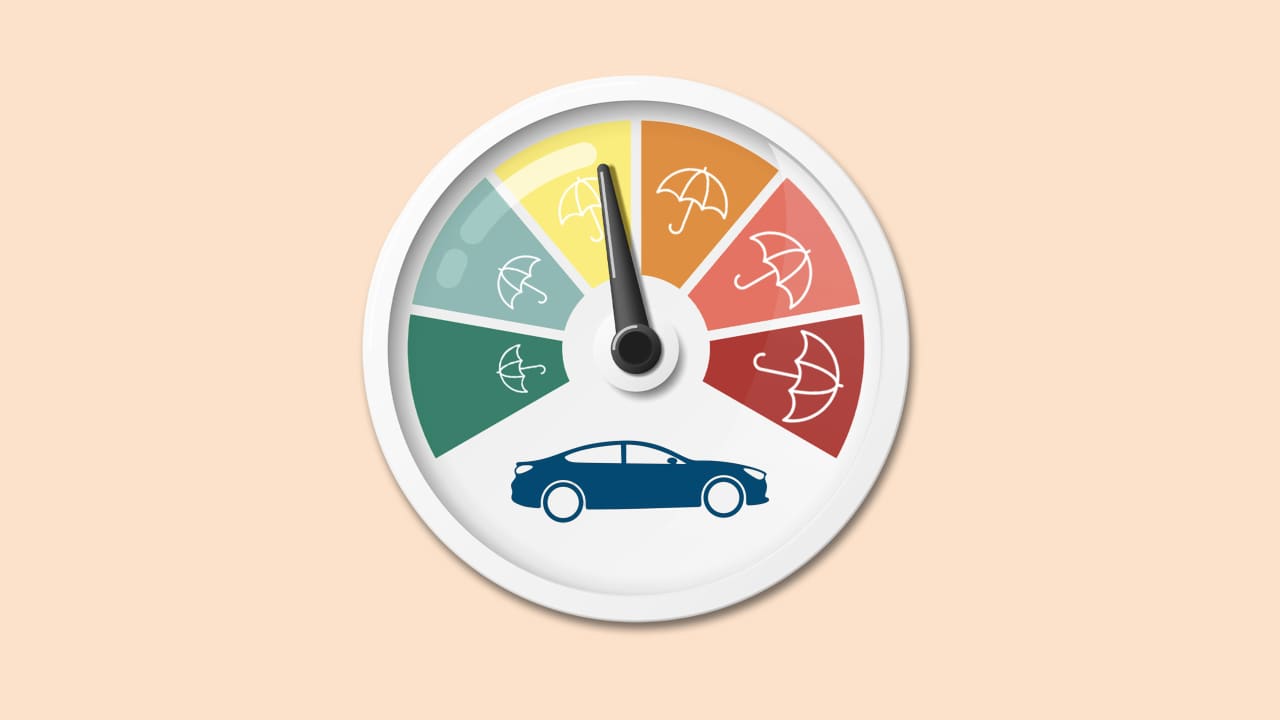ET

A key tool that businesses have counted on to keep a lid on employees’ drug spending—filling workers’ prescriptions by mail—is now driving up their costs.
Unity Care NW, a nonprofit health clinic in Washington state, forecasts the cost of medical and drug benefits for its 365 employees and their family members will increase this year by 25% to more than $3 million. A big reason: Drugs delivered by mail are costing multiples more than those picked up at a store counter.
Markups were as much as 35 times higher than what other pharmacies charged, according to a recent analysis of millions of prescriptions in Washington state.
“It’s absolutely not fair, and it’s not saving us money,” said Lisa Nelson, Unity Care’s chief pharmacy officer.
At the urging of firms that manage their drug benefits, employers have turned to mail-order pharmacies to save money on prescriptions. The pharmacies promised to sell medicines to employees at lower prices than their bricks-and-mortar rivals by buying larger quantities from drugmakers and providing 90-day supplies.
Instead, the opposite is happening. Drugs ordered through the mail-order pharmacies are costing more, raising employers’ spending.
That is partly because of price markups on prescriptions filled by mail-order pharmacies—especially those owned by the pharmacy-benefit managers, or PBMs, themselves—according to employers and consultants who have reviewed businesses’ drug spending.

One employee’s three-month supply of a prescription for a generic antidepressant, fluoxetine, cost Unity Care about $100, more than twice the average price that retail pharmacies paid for the drug. The same fluoxetine prescription could be purchased from the Mark Cuban Cost Plus Drug pharmacy for about $12.
“You’ve got to ask yourself, why would a PBM push mail order as hard as they are? And it’s revenue,” said Matt Lund, chief executive of Fortune Management, which helps companies, including Unity Care, set up health plans. “It’s another source of revenue where they’re not having to pay or negotiate with a local pharmacy.”
Generic prescriptions dispensed by mail pharmacies were marked up on average more than three times higher than prescriptions filled by bricks-and-mortar pharmacies, according to a recent analysis by 3 Axis Advisors, a healthcare research firm.
Branded drugs filled by mail were marked up on average three to six times higher than the cost of medicines dispensed by chain and grocery-store pharmacies, and roughly 35 times higher than those filled by independent pharmacies, according to the analysis, which looked at 2.4 million claims by self-insured employers in Washington state from 2020 to 2023. The Washington State Pharmacy Association commissioned the study.
The markups have turned mail-order pharmacies into a lucrative business. Mail-order drug sales have increased to more than $206 billion from $86 billion over the past decade, though the number of prescriptions filled by mail has risen only 11%, according to healthcare research firm Iqvia.
Mail-Order Markups
Prescriptions filled by mail-order pharmacies can be a better moneymaking opportunity than retail pharmacies for the middlemen who manage employer drug benefits.

Some medications where the difference was among the highest:
Retail profit margin
Mail-order margin
-$2,000
$0
$2,000
$4,000
Clobetasol Propionate
0.05%, Skin conditions
Imatinib Mesylate
400 mg, Cancer
Abiraterone Acetate
250 mg, Cancer
Nimodipine
30 mg, Brain hemorrhages
Lacosamide
150 mg, Seizures
Mavyret*
100&40 mg, Hepatitis C
Tadalafil
20 mg, Hypertension
Epclusa*
400&100 mg, Hepatitis C
Budesonide
3 mg, Crohn's disease
Imatinib Mesylate
100 mg, Cancer
The Pharmaceutical Care Management Association, a pharmacy-benefit industry trade group, said companies’ home-delivery programs save employers on prescription drugs and their convenience helps ensure patients take their medicines.
PBMs also criticized the 3 Axis Advisors analysis, which PCMA said was “cherry-picked and therefore gives an incomplete and inaccurate picture of reimbursement across different pharmacy types.”
Spending on prescription drugs is a large and growing expense for employers, who are on the hook for many Americans’ healthcare costs because workers often get health insurance and drug benefits through their jobs.
For years, businesses and their health plans enlisted the help of PBMs to control drug spending because they play central roles in the drug-supply and payment system. The largest PBMs—UnitedHealth’s Optum Rx, CVS Health’s CVS Caremark and Cigna’s Express Scripts—process 80% of prescription claims, according to the Drug Channels Institute.
PBMs also set how much a health plan pays for a medicine, and how much they reimburse a pharmacy for filling the prescription. The difference is called the spread.
Many PBMs, including the three largest, also own a mail-order pharmacy. In those cases, the PBM effectively sells a drug to itself. They can make a larger spread by marking up how much the health plan pays to the PBM, employers and benefits consultants said.
Unity Care uses two firms—RxBenefits and Express Scripts—to manage its drug benefits, according to documents reviewed by The Wall Street Journal. RxBenefits, which calls itself a “pharmacy benefits optimizer,” negotiates rates and rebates with PBMs. Express Scripts, which performs traditional PBM functions such as determining which medicines are covered, also owns mail-order pharmacies.

RxBenefits encouraged Unity Care to use Express Scripts’ mail-order operations, saying it would lead to savings, Nelson said.
During the first three months of this year, even though only roughly 10% of prescriptions for Unity Care’s workers were dispensed through the mail, they consumed more than 80% of the clinic’s prescription-drug spending.
Markups of drugs delivered by mail are contributing to the clinic’s higher spending, a review by 3 Axis Advisors found. In addition to the more expensive generic antidepressant, a three-month supply of the ulcerative-colitis pill mesalamine cost about $1,503, 2½ times as much as the average price that retail pharmacies paid for the drug. At the Cuban pharmacy, three months of mesalamine costs $468, according to 3 Axis Advisors.
A Cigna spokeswoman deferred questions about Unity Care to RxBenefits. She also said in general Cigna’s pharmacy networks for employers include options besides home delivery as well as access to low-cost and convenient medications.
An RxBenefits spokeswoman declined to comment on Unity Care’s drug benefits specifically. Typically, she said, higher-priced drugs for complicated conditions such as cancer or medications that require special storage take up the bulk of employers’ spending. She also said that in trying to drive down the cost of drugs for a health plan, it is important to consider the plan’s overall drug mix and not focus on an individual drug cost.
After the Journal asked RxBenefits and Express Scripts for comment, RxBenefits requested a meeting with Unity Care’s benefits broker, and Unity Care expressed concern to the Journal about its legal liability for discussing its drug benefits.

Security Industry Specialists, a security-services business in Culver City, Calif., cut its spending on prescription drugs after switching to a different PBM and a separate mail-order pharmacy.
SIS had used Costco to manage drug benefits for its more than 800 employees provided health insurance. SIS’s prescription-drug spending grew while the company used a Costco-owned mail-order pharmacy, said Kevin Reid, SIS’s risk-management director.
SIS’s percentage of mail-order prescription spending more than doubled to 6.6% in 2023 from three years earlier, though the percentage of its prescriptions delivered by mail declined during the span.
“They’re enticing our employees to go the mail-order route, but again, where’s the savings?” Reid said.
Costco declined to comment.
SIS now uses a PBM called Liviniti to manage its drug benefits, and SIS employees can get drugs delivered by mail through a pharmacy that has a different owner.
This year, 2.5% of SIS prescriptions are through mail, which comprises less than 1% of its total drug spending.
SHARE YOUR THOUGHTS
Do you think prescription drug prices are too high? If so, what’s the best way to lower them? Join the conversation below.
PBM business practices have in recent years drawn scrutiny from regulators and lawmakers, who are probing whether the firms are contributing to rising drug costs. Some employers have criticized PBMs for not sharing enough about a company’s drug spend.
Many businesses can’t see the spread because most PBMs don’t tell them, even when employers ask, how much they reimburse pharmacies. That can prevent employers from determining why they are spending more on drugs and how they can fight it, businesses and consultants said.
“I would like to see what’s the true cost of the medication, and what’s the difference between us going to our local pharmacy versus going to mail order,” said Steve Gordon, chief financial officer of Anderson Hay & Grain in Ellensburg, Wash. Anderson’s drug-benefit spending has more than doubled from last year. Gordon didn’t name the PBM.
Write to Jared S. Hopkins at jared.hopkins@wsj.com
Copyright ©2024 Dow Jones & Company, Inc. All Rights Reserved. 87990cbe856818d5eddac44c7b1cdeb8
Videos
Expert recommendations on products and services, independent from The Wall Street Journal newsroom.























